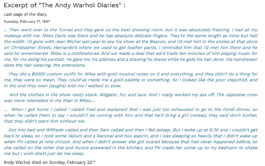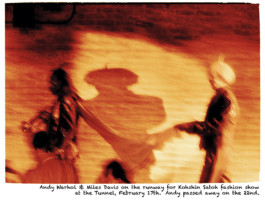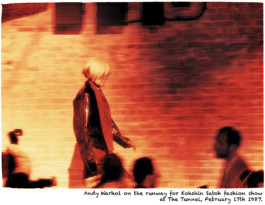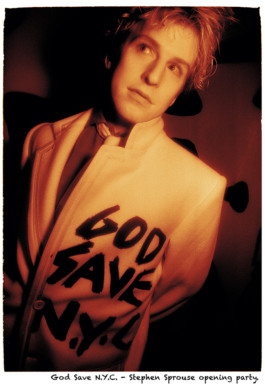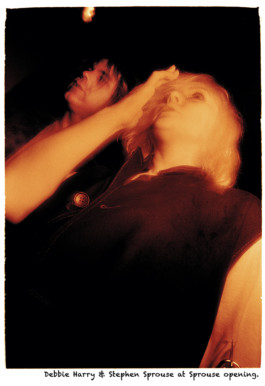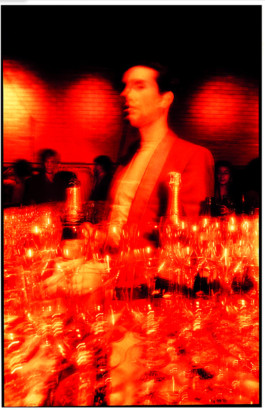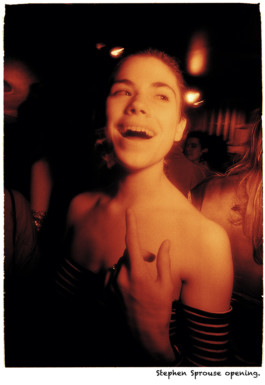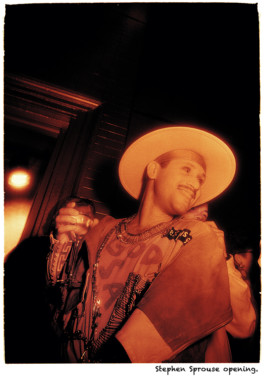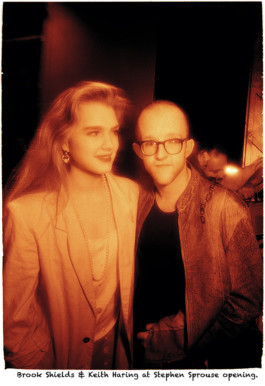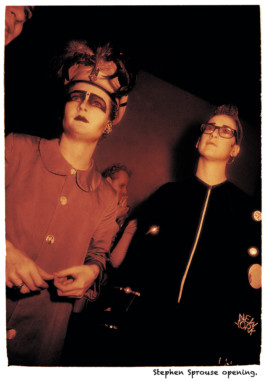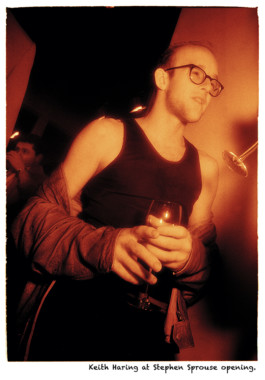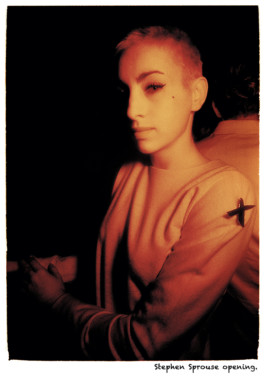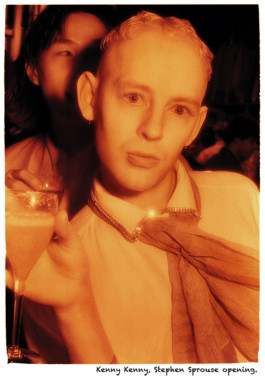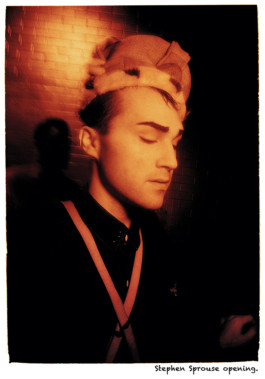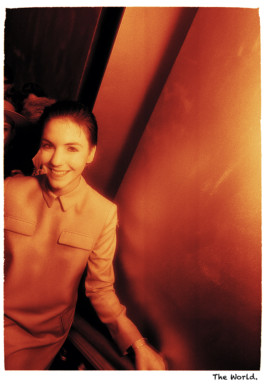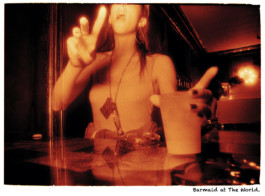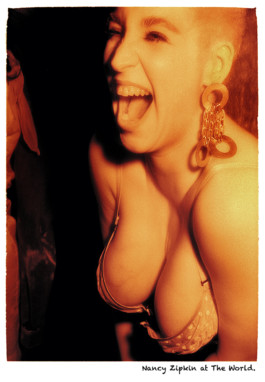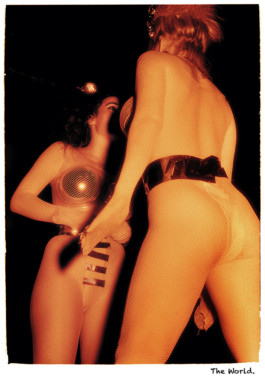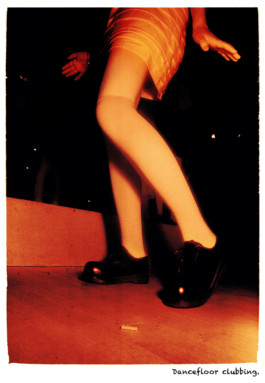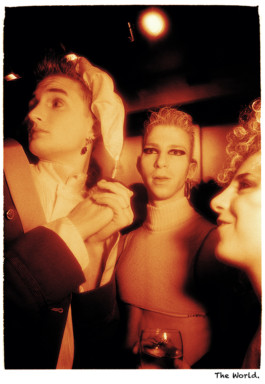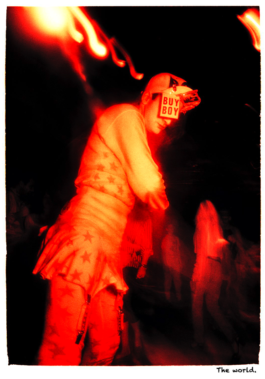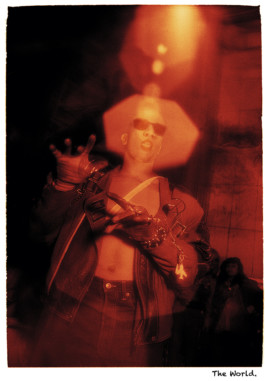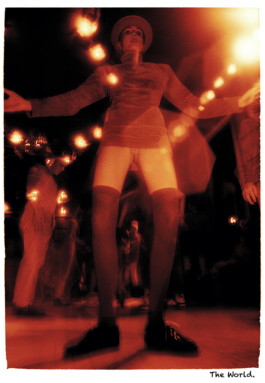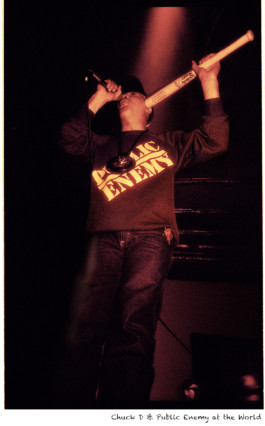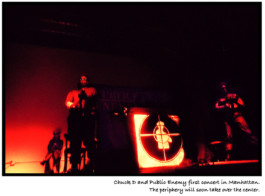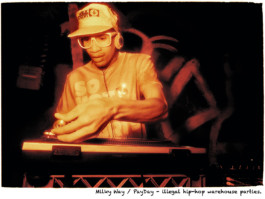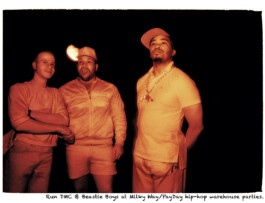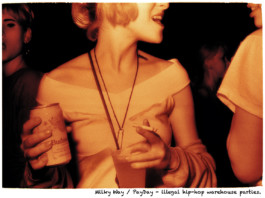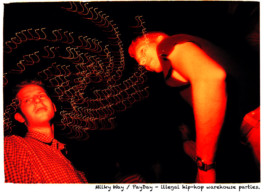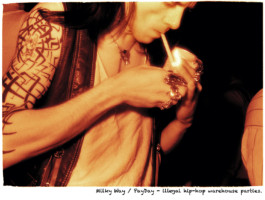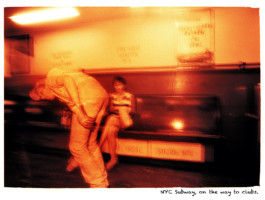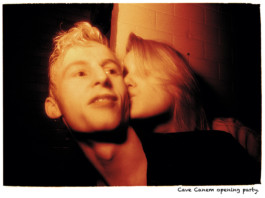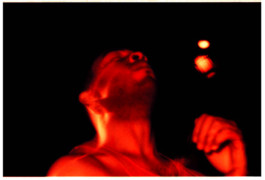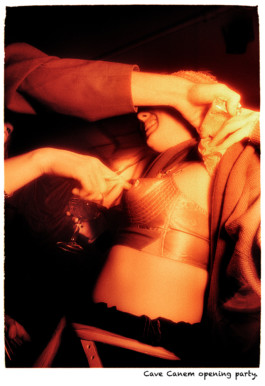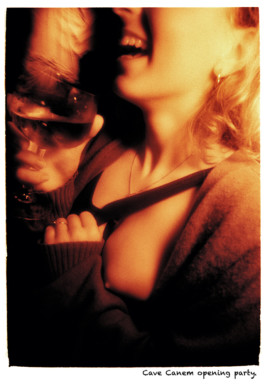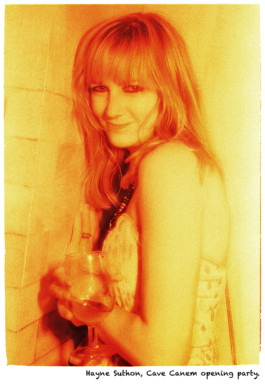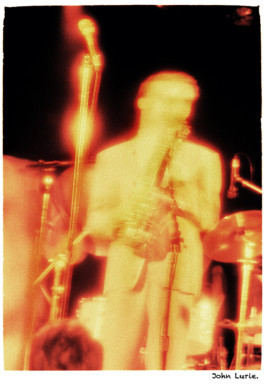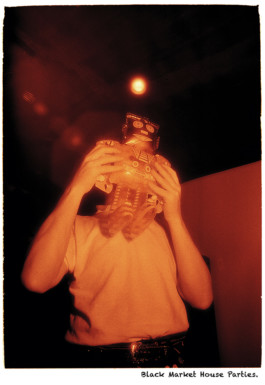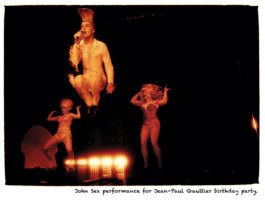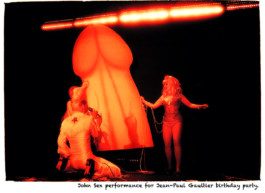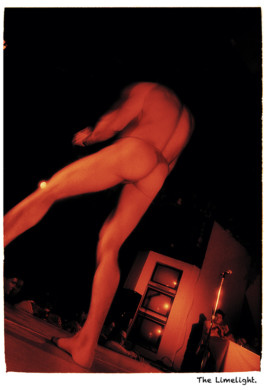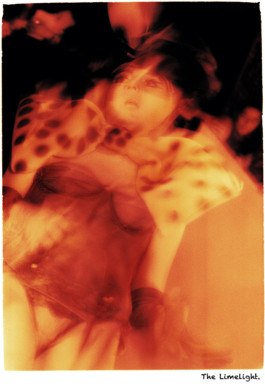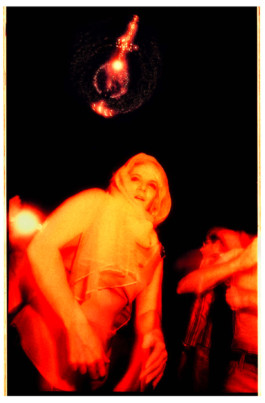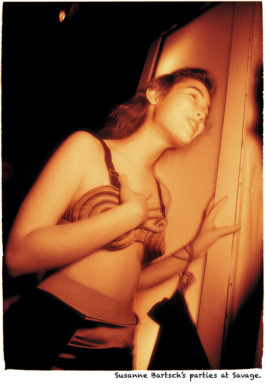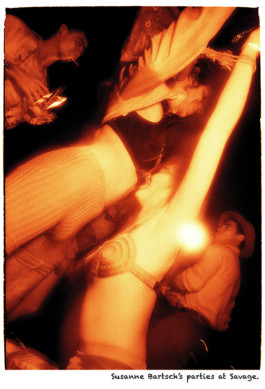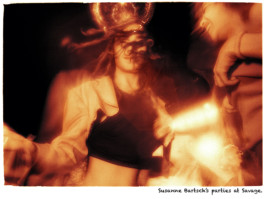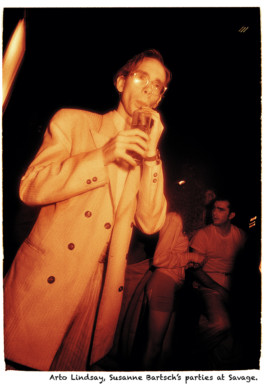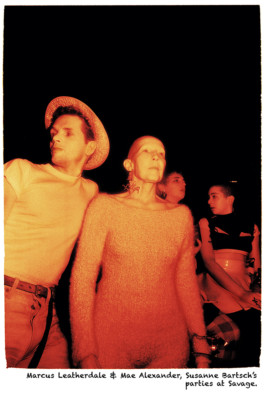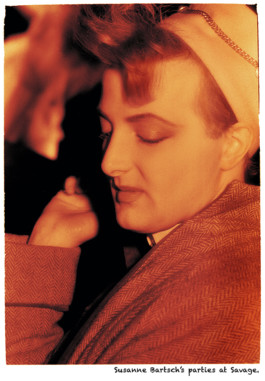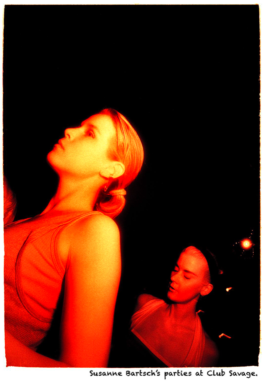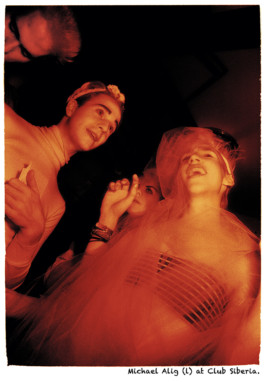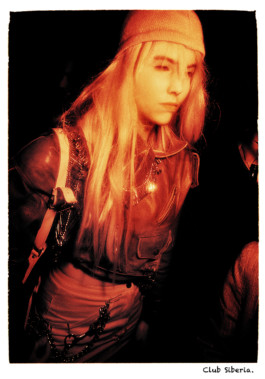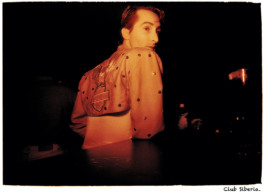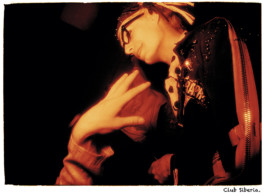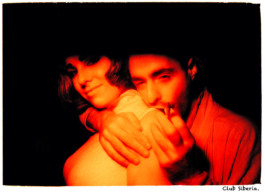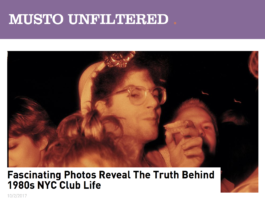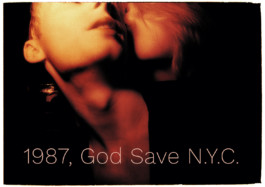
“The nightlife is a world unto itself, a universe where time slows, and the air is thick with possibility, where every moment is an invitation to live a little more recklessly.”
— Bret Easton Ellis, "Less Than Zero"
Unreleased and unprinted until 2018, the photographs in “1987, God Save N.Y.C.” represent my early work as a young photographer experimenting with black & white infrared film. They document the significant changes in the vibrant nightlife of downtown NYC in 1987. The title, “God Save N.Y.C.,” is borrowed from the eponymous collection launched by celebrated NYC punk icon and fashion designer Stephen Sprouse during his 1987 comeback.
At the time, the very low density of the infrared negatives made printing difficult, so I set the project aside. It was only in 2018, while revisiting my archives and using modern negative scanning technology, that I was able to recover these images and look at item with the contextual perspective that only the passage of time provides
The year 1987 began with the passing of Andy Warhol and ended with the Wall Street crash known as Black Monday. This year marked a sharp transition from the glittering “Eighties” to the harsh reality of AIDS and economic collapse, as the city started to unravel due to "Reaganomics", mismanagement and high crime levels.
With Andy Warhol gone, new aspirants sought to carve out their place in the downtown social scene.
In 1987, Love kills! As New York City became the epicenter of the AIDS epidemic, its deadly impact altered social relationships. Fear of touch permeated society. Amidst this, activists in the gay community mobilized to create ACT UP, while the downtown nightlife scene transformed into a defiant celebration of life with inclusivity in gender and race. (Suzanne Bartsch’s parties at Savage and the emergence of Club Kids, led by future icons like Michael Alig, James St. James, and RuPaul) The blend of fashion, art, music styles and performance epitomized this spirit.
1987 also witnessed the rise of house music and hip hop. After dominating London’s club scene, house music, pioneered early 1980’s by Chicago DJs, found new homes in NYC venues like Black Market and Siberia. Rap music, no longer an outsider subculture, saw its first concert in Manhattan with Public Enemy. Illegal warehouse parties like Payday and Milky Way, held on a Lower Eastside school rooftop, drew mixed crowds and featured future legends such as the Beastie Boys and Run-DMC. The periphery is taking over the center.
1987, God Save N.Y.C.
